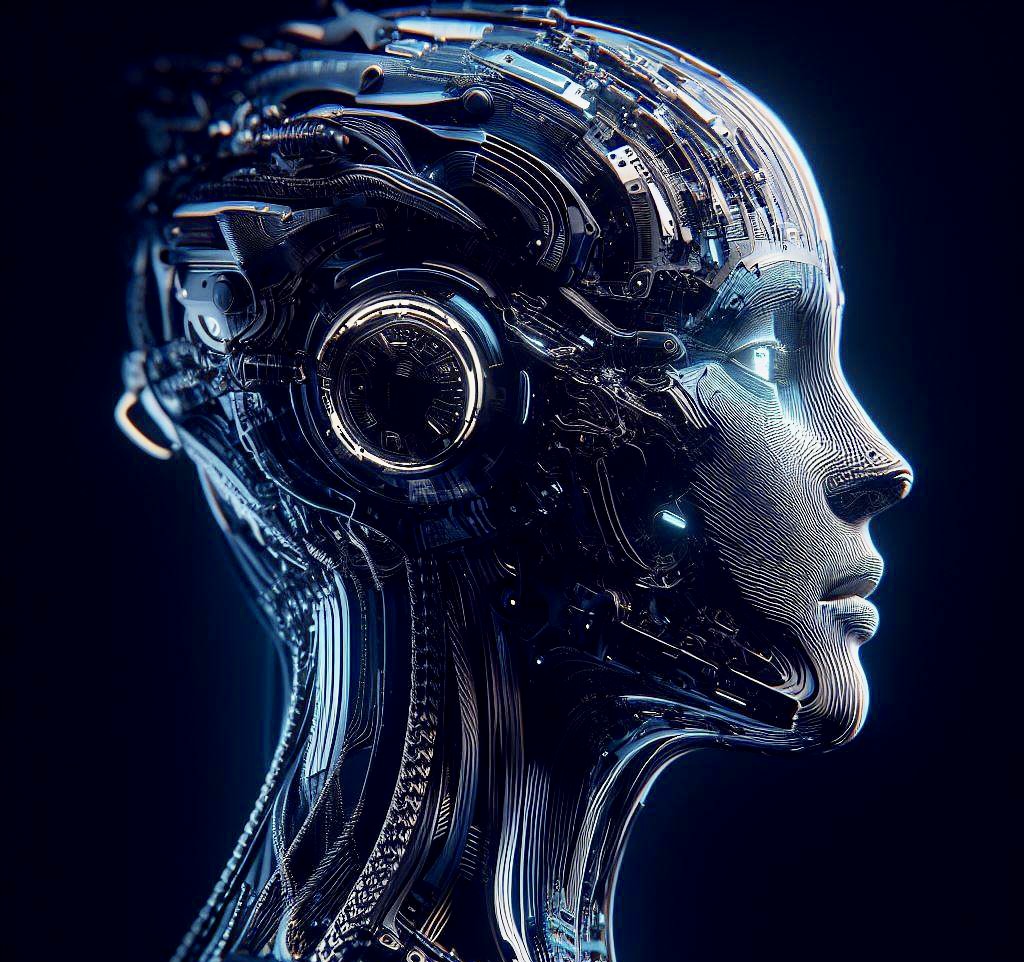Imagine being an international student* eager to participate in class. You know the answer to the lecturer’s question and can explain it well, but you decide not to speak up due to a lack of confidence in your English. You are worried about stumbling over words or mispronunciations, causing you to stay silent and miss the chance to share valuable insights. Without a doubt, communication is at the center of knowledge sharing, interactions, and any other activity that involves a connection with another human being (Alagar, 2023). Thanks to the Internet of Things (IoT), we are living in a highly diversified and globalized world, where people all around the globe can connect, and share thoughts, ideas, and emotions. However, this enablement of globalization and diversification may have exacerbated another problem, which is the problem of language Barriers (Alagar, 2023).
The example described above is one of the many issues that one may encounter when dealing with a language barrier. For example, think about someone you want to talk to, however because of the language barrier you do not know how to leverage the social nuances or slang accurately which may hinder your interaction with this person. Or think about that class that you are interested in, however, the accent of the lecturer giving the class is just a bit too strong, which might affect your ability to understand and receive the required knowledge. In addition, not only in the academic world are language barriers posing a big challenge. Jaime A (2023), who studied the effect of language barriers in healthcare communication, argues that patients whose native language is not English may experience reduced healthcare due to miscommunication. Luckily, we live in a world where artificial intelligence is revolutionizing industries, breaking down barriers, and enabling limitations that were once impossible to solve. Language Barriers are no exception.
Imagine a world where everyone can understand each other, despite their cultural, ethnic, or social background. Artificial Intelligence (AI) can make this imagination into a reality, by acting as a universal translator and facilitating communication between individuals who speak different languages and breaking down language barriers (Alagar, 2023). The combination of various crucial technological innovations in the realm of Artificial intelligence, for example, Natural language processing (NLP), real-time communication, and augmented reality (AR) has made the possibility to the reality of perfect communication between languages (Alagar, 2023). Moreover, Jaime A (2023) argues that LLMs such as ChatGPT and GPT-4 can be used for translation or to reduce complex words and jargon into simplified versions that would facilitate communication. Imagine you are sitting in a classroom where the lecturer is speaking in English, however, you are receiving the information in your native/preferred language.
However, as with any disruptive innovation, there are many challenges, ethical considerations, and cultural sensitivity to consider (Alagar, 2023) . According to Alagar (2023), while AI can make communication between languages easier, it will also replace the value and all the positive experiences that come with learning a new language/culture. Moreover, although LLMs such as ChatGPT/GPT-4 can be used to facilitate and improve the communication between a native speaker and a non-native speaker, the human factor in communication must never be forgotten (Jaime A. Teixeira da Silva, 2023). In my opinion, the eagerness to connect with people with different languages and backgrounds is the reason why people would learn a new language and not the other way around. This means that AI technology would be the facilitator and tool to assist people in bridging the communication gap and reduce language barries (Alagar, 2023).
* International student refers to students whose native language is not English. English is used as a reference here because English is the most translated language in the world. Furthermore, English is the main language used in the academic and corporate world.
References
Alagar, R. (2023, Oct 4,). Breaking language barriers: The role of AI in global communication. https://skillfloor.com/blog/breaking-language-barriers-the-role-of-ai-in-global-communication
Jaime A. Teixeira da Silva. (2023). Can ChatGPT rescue or assist with language barriers in healthcare communication?

